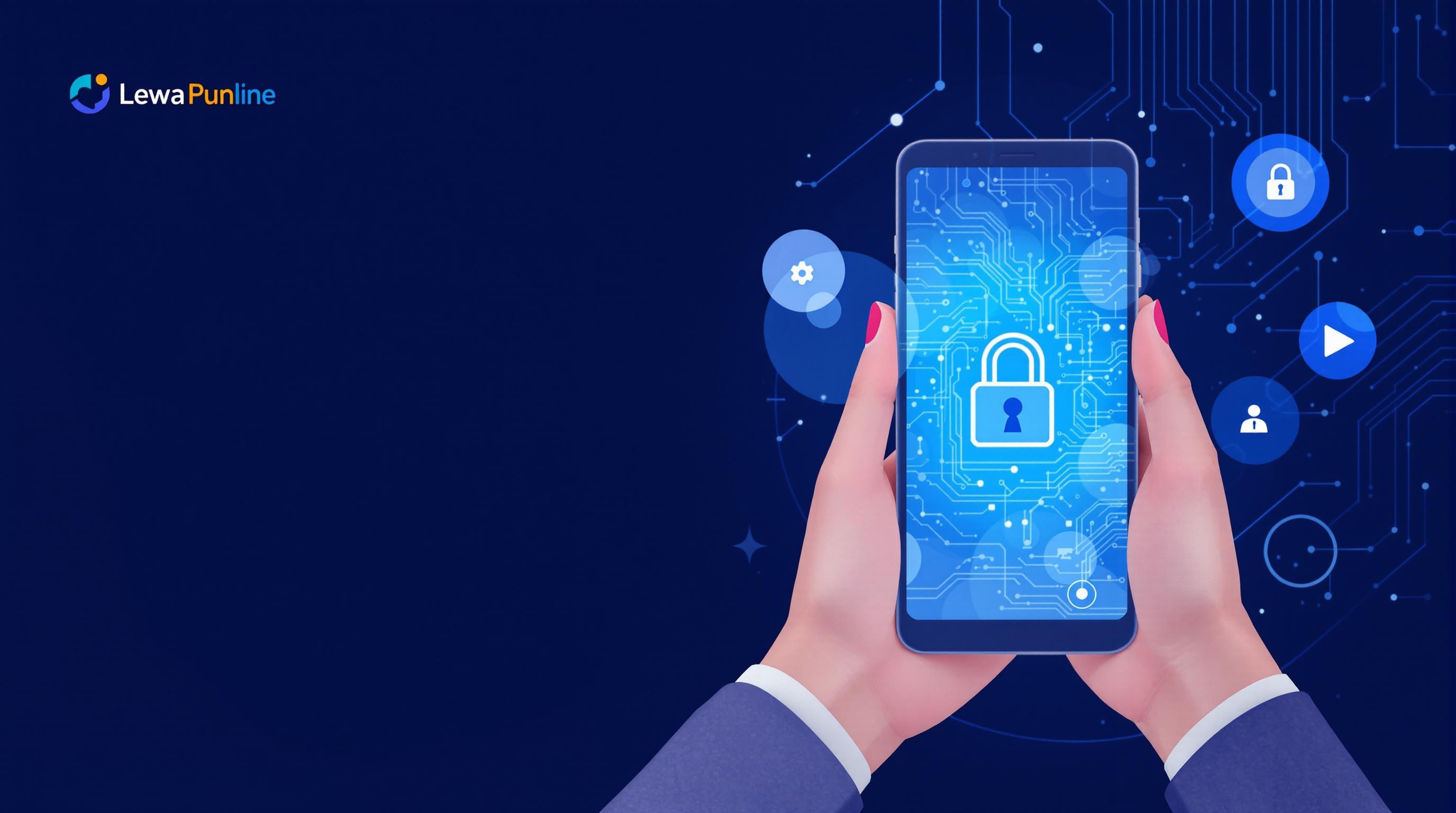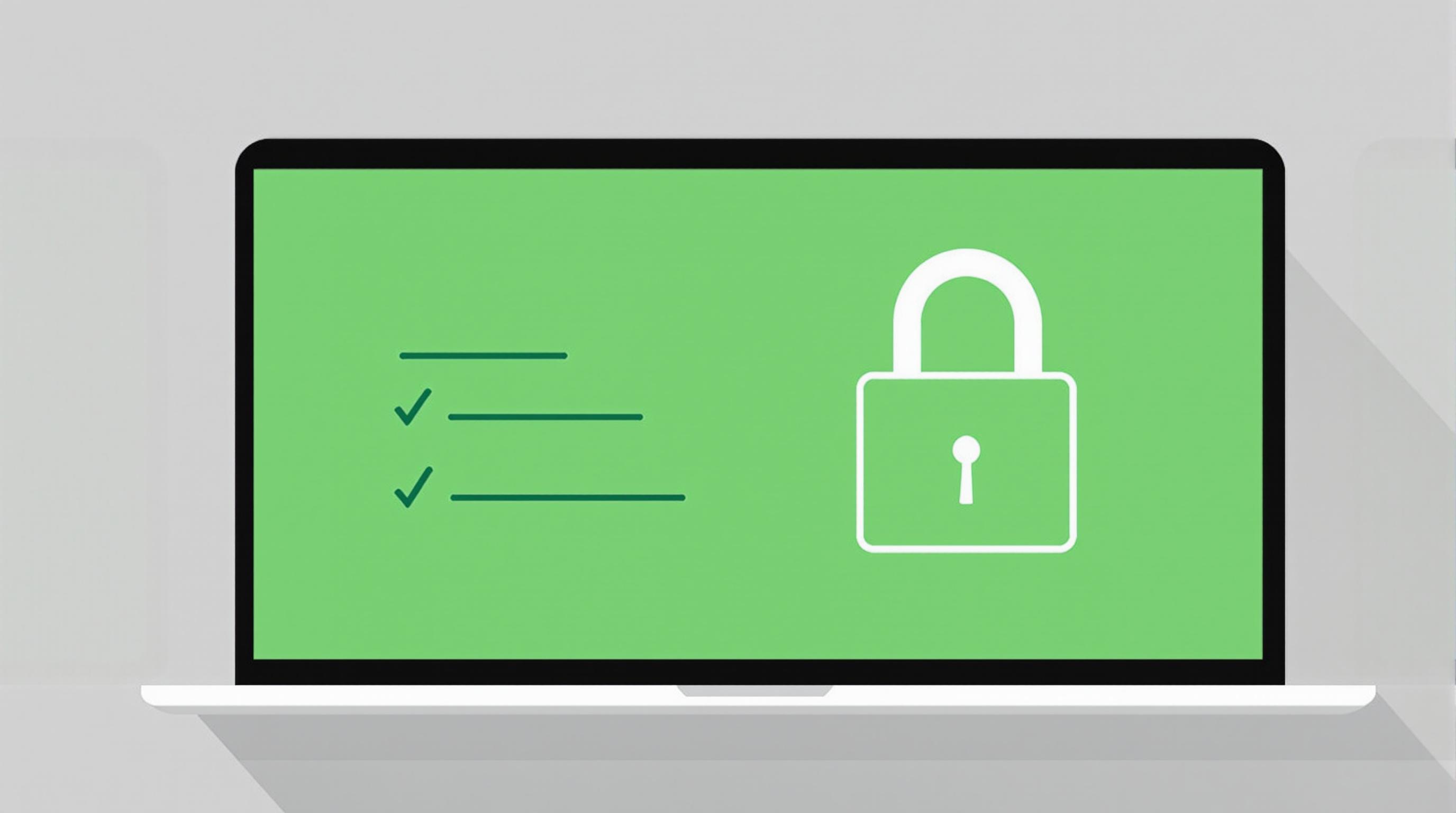Related Articles
- 7 Game-Changing Encrypted Messaging Apps Released Since 2019 That Redefine User Control
- Exploring Quantum Entanglement as a Future Layer of Protection for Connected Devices in Decentralized Networks
- Top 7 Privacy-Focused Cloud Backup Services Released Since 2019 That Redefine Data Control
- Exploring Psychological Barriers That Prevent Wider Adaptation of Dual Verification in Everyday Tech Use
- Top 6 Privacy-Focused Browsers from the Last Five Years That Outpace Giants in Speed and Security
- 6 Lesser-Known Identity Protection Gadgets From the Last Five Years That Actually Outperform Popular Brands
Exploring Psychological Barriers That Prevent Wider Adaptation of Dual Verification in Everyday Tech Use
Exploring Psychological Barriers That Prevent Wider Adaptation of Dual Verification in Everyday Tech Use
Despite the proven security benefits, dual verification remains underused in everyday technology due to a complex web of psychological barriers. Examining these obstacles reveals insights into human behavior that tech designers and security advocates must address to foster wider adoption.
A Tale of Two-Factor Authentication: Why Johnny Can’t Protect His Account
Imagine Johnny, a 45-year-old graphic designer juggling multiple social media accounts and email platforms. Every day, he faces the dilemma of security versus convenience. He’s heard about dual verification—also known as two-factor authentication (2FA)—but dismisses it as a “pain in the neck.” This scenario is emblematic of many users’ resistance to adopting extra steps in securing their digital lives.
“This is just too complicated for me,” Johnny grumbles, highlighting one of the most significant psychological barriers: perceived complexity.
Complexity Breeds Avoidance
One of the central reasons users avoid dual verification is the perception that it is technically daunting. Research shows that 42% of people considered 2FA “too complicated” or “time-consuming” to bother with (Statista, 2023). For someone without a technical background, having to switch devices, input codes, or receive push notifications can feel like a steep hurdle. It’s not just a preference but a psychological resistance rooted in fear of making mistakes or wasting time.
Case Study: Older Adults and Tech Fatigue
Older adults, especially those aged 55+, report higher levels of “tech fatigue,” which directly impacts their willingness to adopt additional security measures. In a 2022 survey by Pew Research, 65% of seniors said navigating new verification processes caused frustration, often culminating in them disabling or avoiding 2FA entirely.
Let's Be Real: Is Dual Verification Annoying?
Okay, let’s have some fun—because not all barriers are purely logical or complex. Sometimes, it’s just downright annoying. Picture this: every time you try to log in, your phone buzzes with a code. Ten times a day. For a casual user, it quickly feels like a "security circus."
That “annoyance factor” taps into what behavioral psychologists call “cognitive load”—the mental effort required to process new information or actions. When users perceive dual verification as an "irritating chore," their motivation to adopt or maintain it plummets.
Trust Issues in Tech Adoption
Beyond complexity and annoyance lies a subtle but potent barrier: trust. Some users doubt the security of the verification processes themselves or mistrust the companies implementing them. If users believe that their data might be misused or that the verification system could be hacked, they paradoxically choose less secure but simpler options.
For instance, an infamous 2021 incident involved a major smartphone manufacturer’s 2FA system being bypassed through SIM swapping, leading to increased skepticism among users (Cybersecurity Today, 2021). Such breaches erode confidence and deter broader adoption
Social Influence and Group Behavior
Humans are social creatures, and their tech habits often mirror their peer groups. If friends and family neglect dual verification, it becomes socially acceptable to do the same. Conversely, environments like corporate offices with enforced 2FA policies see higher compliance rates.
A LinkedIn survey in 2023 found workplaces implementing mandatory dual verification reduced phishing success rates by 67%, illustrating how institutional social norms can drive secure behaviors that individual preferences might not secure.
The Paradox of Perceived Risk
Interestingly, many users underestimate their personal risk of cyberattacks while simultaneously expressing general concern about online security. This “optimism bias” creates a disconnect between recognizing a threat and taking actionable steps like enabling 2FA. They think, “It won’t happen to me,” which leads to complacency and resistance to protective measures.
Generational Divide: Not Just a Tech Gap
It’s tempting to assume younger generations embrace dual verification because they grew up digital, but the reality is more nuanced. While teens and young adults (16-25) show higher rates of adoption than their parents’ generation (35-55), many are still lax about enabling 2FA on all platforms.
Interestingly, Gen Z often cites “privacy concerns” with verification apps or text messages as a reason to avoid them, fearing what data might be collected or how their personal devices could be compromised.
Creative Solutions to Psychological Barriers
To combat these psychological hurdles, tech companies and security practitioners need to innovate user experiences. For example, biometric verification (fingerprint, facial recognition) replaces the need for constant code entry, easing cognitive load and reducing annoyance.
Moreover, educational campaigns tailored to specific user groups can demystify the process and emphasize tangible benefits—increasing perceived control and self-efficacy. Gamification and reward systems also show promise by making security adoption feel more engaging instead of burdensome.
Statistical Spotlight: The Impact of Seamless Integration
According to Google’s 2023 security report, users exposed to integrated, effortlessly activated 2FA methods (e.g., push notifications within apps) were 3x more likely to maintain it long-term compared to those relying on SMS codes.
Final Thoughts: Building Bridges Between Security and Psychology
Technology alone cannot guarantee broader dual verification adoption; understanding the human psyche is equally crucial. By addressing fears, simplifying processes, and enhancing trust, developers can create systems that people choose to use rather than grudgingly accept.
When security measures align with human behavior, resistance fades—paving the way for safer, more resilient digital lives for everyone.
References:
Statista. (2023). Barriers to two-factor authentication adoption. https://www.statista.com/
Pew Research Center. (2022). Tech fatigue and older adults. https://www.pewresearch.org/
Cybersecurity Today. (2021). SIM Swap Attacks and 2FA vulnerabilities. https://www.cybersecuritytoday.com/
LinkedIn. (2023). Workplace security practices survey. https://www.linkedin.com/
Google Security Report. (2023). The effectiveness of integrated 2FA methods. https://security.google/report/




